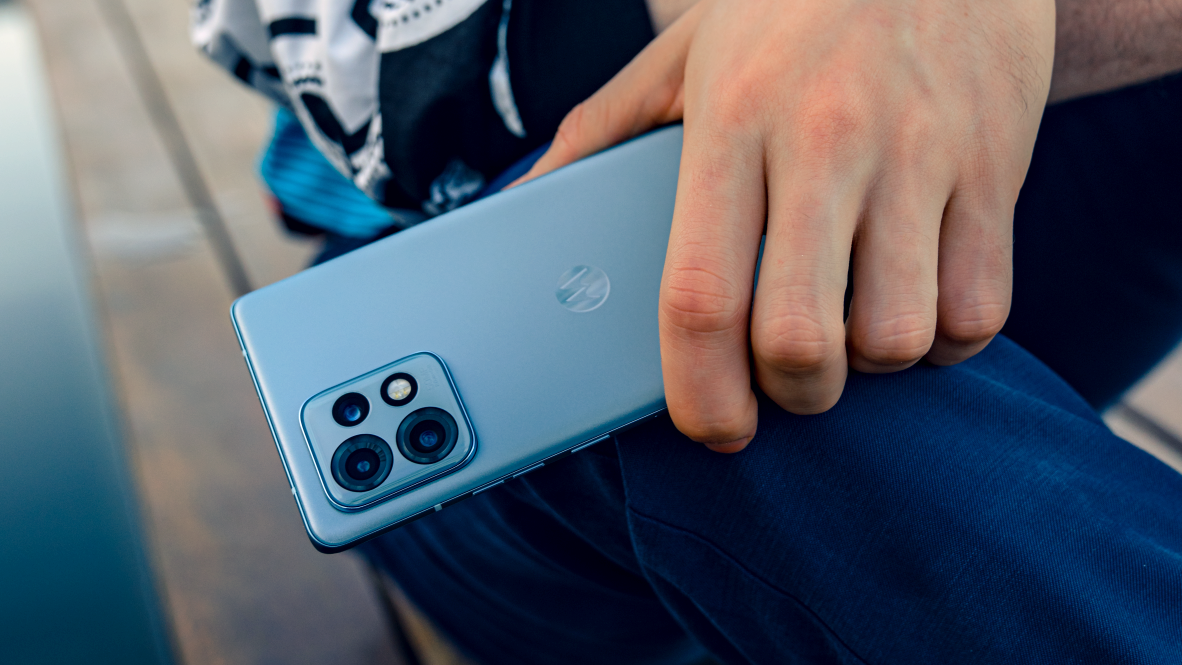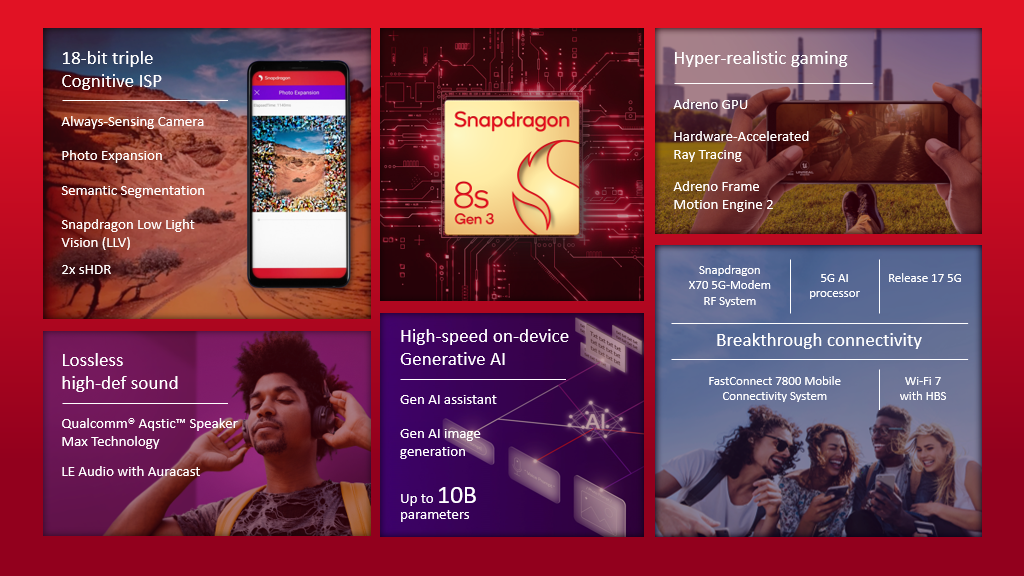Android phones could suddenly be even cheaper following major announcement
Qualcomm's Snapdragon 8S Gen 3 is designed to be high-end but less costly to phone-makers producing Android handsets

It was in late October of last year that a major announcement showed us the future of what the best Android phones would be able to offer: out in Hawaii at its annual Snapdragon Summit conference, Qualcomm revealed the Snapdragon 8 Gen 3 platform to the world. And, you guessed it, now there's another new big reveal.
Well, not quite as big, rather a new tier to the platform from the chip-maker which gives potential for Android flagships of the near future to be even cheaper. How so? It's down to the all-new Snapdragon 8S Gen 3 – don't blink or you'll miss that all-important 'S' in the name – which has just been revealed (although not from sunny island climes).
You're likely familiar with Qualcomm Snapdragon by name already, as the company powers many of the best phones you can buy right now. That includes an important ongoing partnership with Samsung (although not all Galaxy S24 handsets were Qualcomm-powered, meaning that future is unknown), so expect new flagship-grade offerings from a variety of key phone makers in the coming months.
Snapdragon 8S Gen 3: what's different?

The Snapdragon 8S Gen 3 is designed to sit above the year-and-a-bit-old Snapdragon 8 Gen 2, but below the Snapdragon 8 Gen 3 proper. It's ultimately designed to slip into that gap in the market where manufacturers want to offer the utmost – but without passing on the biggest costs to their customers.
At launch the Snapdragon 8 Gen 3 boasted improving compute (CPU) by 30%, power efficiency by 20%, and graphics (GPU) by 25% compared to the previous Snapdragon 8 Gen 2 processor. Now the 8S variant won't be able to reflect those figures (Qualcomm isn't quoting them either), but it is built on the same architecture, albeit with a different arrangement of prime, performance and efficiency cores, plus different GPU and a lower memory interface pipeline maximum speed. There's a table below to present the key differences in raw numbers.
That new structure doesn't prevent offering the majority of same features, though, from camera to artificial intelligence (AI), to gaming. The NPU (neural processing unit) on board Snapdragon 8S Gen 3 means on-device AI processes are possible, which is what many manufacturers are really pushing in 2024. Qualcomm has teased plenty of examples already, too, and we've seen increasing real examples, such as Circle to Search from Google.

| Row 0 - Cell 0 | Snapdragon 8 Gen 3 | Snapdragon 8S Gen 3 |
| Prime Core: | 1x 3.2GHz | 1x 3.0GHz |
| Performance Cores: | 5x 3.2GHz | 4x 2.8GHz |
| Efficiency Cores: | 2x 2.3GHz | 3x 2.0GHz |
| GPU: | Adreno 750 | Adreno 735 |
| Memory interface: | 4.8GBps max | 4.2GBps max |
Which phones will have Snapdragon 8S Gen 3?

While the Snapdragon 8 Gen 3 reveal also came with the message that "Asus, Honor, iQOO, Meizu, NIO, Nubia, OnePlus, Oppo, Realme, Redmi, RedMagic, Sony, Vivo, Xiaomi, ZTE" would be partners, there's no such specific message regarding the Snapdragon 8S Gen 3 announcement.
Get all the latest news, reviews, deals and buying guides on gorgeous tech, home and active products from the T3 experts
That ultimately means we're guessing as to which manufacturers will drive this kind of chipset tier into their devices. Roughly speaking, however, we're likely talking those products in the £/$500-800 range, the kind of sub-flagships that Motorola, OnePlus and other makers are renowned for making.
That's where price is king – although for now we'll have to wait and see what comes of this new chipset and its targets. While having an 'S' variant in lower-grade Snapdragon processors has made sense in the past, adding it to the flagship tier may only confused customers – especially if a higher-spec 'plus' variant arrives in the near future...

Mike is T3's Tech Editor. He's been writing about consumer technology for 15 years and his beat covers phones – of which he's seen hundreds of handsets over the years – laptops, gaming, TV & audio, and more. There's little consumer tech he's not had a hand at trying, and with extensive commissioning and editing experience, he knows the industry inside out. As the former Reviews Editor at Pocket-lint for 10 years where he furthered his knowledge and expertise, whilst writing about literally thousands of products, he's also provided work for publications such as Wired, The Guardian, Metro, and more.
